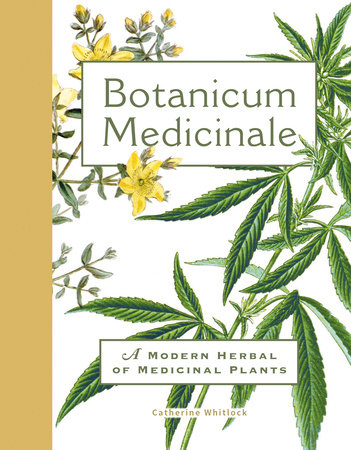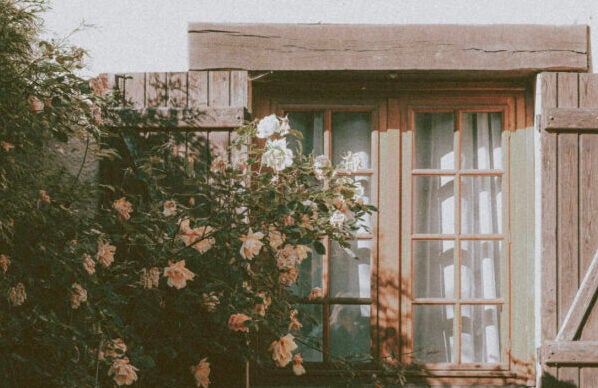Cottagecore for the Summer!
Check out one of the latest lifestyle trends gaining widespread popularity on social media: Cottagecore! The Cottagecore movement embraces the skills and aesthetics of countryside life. Some popular elements of the trend include foraging, picnics, gardening, and crafting centered around sustainability. Sunny summer days will be the perfect time to reconnect with nature and practice






